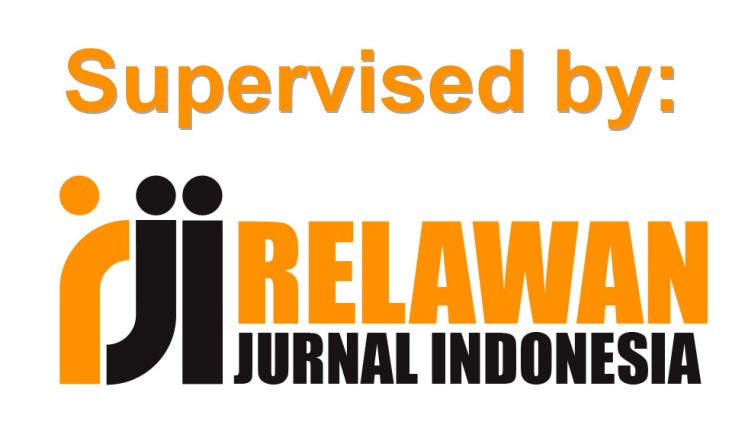RANGSANG AUDITIF DALAM PEMBELAJARAN TARI UNTUK MENINGKATKAN KREATIVITAS SISWA MADRASAH TSANAWIYAH SWASTA MESRA PEMATANG SIANTAR
DOI:
https://doi.org/10.24114/senitari.v8i2.18733Abstract
ABSTRACT The problem in this study is the lack of students' creativity in making Toba Batak creation dance and knowledge about dance. Students are told to just make a dance without the rules, formats or references in making dance creations when compiling the tools to be done by students. This study aims to improve the creativity of students by making auditive stimuli as a medium for learning, so that students are encouraged to make Toba Batak Creations dance by making Sihutur Sanggul music an auditive stimulus and as a personality shaper. This research uses Smith's theory. The research method used is a quantitative method, with a sample of class VII-2 as many as 25 students consisting of 11 male students and 14 female students. Based on the results of the study, it was found that, with the energetic, dynamic Sihutur Sanggul music genre and rhythm in Sihutur Sanggul's music, the music was always changing, making the students encouraged and arousing a sense of desire to create dance movements. Before conducting this research, the researcher gave a pre test to find out the ability of the students, so that the average value of the class was 69. Furthermore, the researcher gave a post test and obtained a class average of 85. From the calculation of the hypothesis test performed, it was obtained thitung = 1.42 at the real level α = 0.05 and ttable = 1.6552, meaning tcount> t table (1.42> 1.6552). meaning that there is a very significant increase. Thus it can be concluded that by conducting auditive stimuli can improve the creativity of students in dance subjects in class VIII-2 Madrasah Tsanawiyah Private Mesra Pematang Siantar. Keywords: Rangang Auditive, Creativity, Learning OutcomesPublished
Issue
Section
License
Copyright (c) 2021 Riska Nindia, Yusnizar Heniwati

This work is licensed under a Creative Commons Attribution-ShareAlike 4.0 International License.
Authors published with the Gesture: Jurnal Seni Tari agree to the following terms:
- Authors retain copyright and grant the journal the right of first publication with the work simultaneously licensed under a Creative Commons Attribution License (CC BY-SA 4.0) that allows others to share the work with an acknowledgment of the work's authorship and initial publication in this journal.
- Authors are able to enter into separate, additional contractual arrangements for the non-exclusive distribution of the journal's published version of the work (e.g., post it to an institutional repository or publish it in a book), with an acknowledgment of its initial publication in this journal.
- Authors are permitted and encouraged to post their work online (e.g., in institutional repositories or on their website) prior to and during the submission process, as it can lead to productive exchanges, as well as earlier and greater citation of published work. (See The Effect of Open Access)







